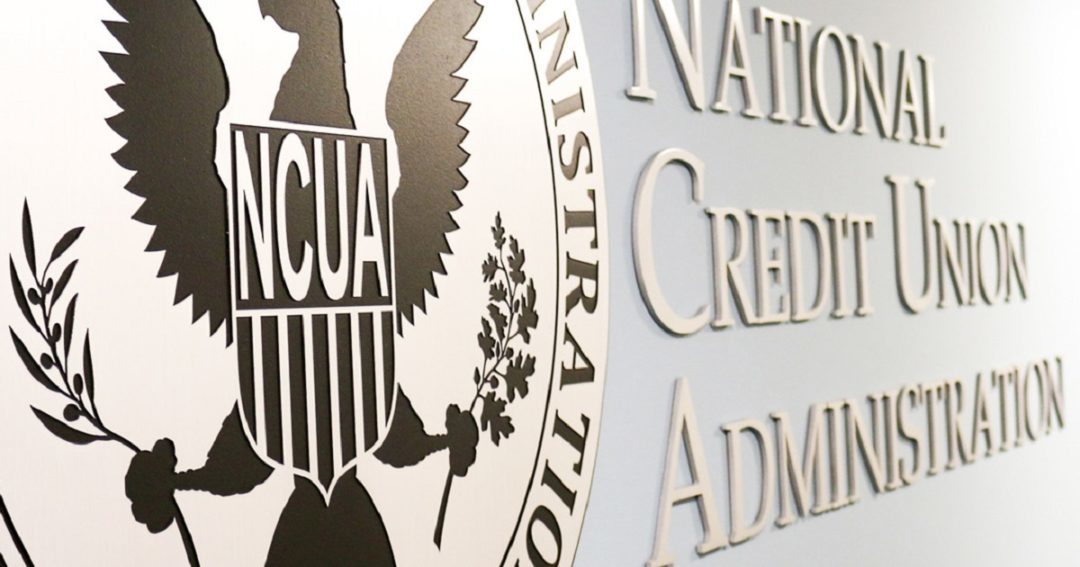
NCUA issues letter on resumption of federal student loan payments
NCUA issued a Letter to Credit Unions (23-CU-08) Wednesday on resumption of federal student loan payments. Federal student loan interest resumed Sept. 1, and payments restart in October.
"As federal student loan payments restart, some credit union members may have difficulty meeting their repayment obligations. The resulting increase in total repayment obligations may also negatively impact members’ ability to repay other outstanding loans," wrote NCUA Chairman Todd Harper. "The NCUA encourages credit unions to work constructively with impacted borrowers and will not criticize a credit union’s efforts to provide prudent relief to borrowers when such efforts are conducted in a reasonable manner with proper controls and management oversight and consistent with consumer financial protection requirements."
As of June 2023, 43.6 million individuals held a combined federal student loan debt of $1.64 trillion; an average of approximately $38,000 per borrower, according to the Federal Student Aid Portfolio Summary.
NCUA encourages credit unions to consider the following strategies:
Risk assessment: - Credit unions should assess aggregate exposure to borrowers with federal student loans. This exposure can be analyzed in a variety of ways, such as by identifying borrowers with large student loan balances relative to their income, reviewing borrowers’ credit bureau information, and querying member transaction history from before the federal student loan repayment pause to identify members making their federal student loan payments out of their account at the credit union.
Borrower outreach: Credit unions should contact borrowers facing potentially large federal student loan repayments, as well as other high-risk federal student loan borrowers, to inform them about the credit union’s eligibility standards and processes for requesting loan modifications.
Underwriting and modifications: Credit unions should apply prudent underwriting and loss mitigation strategies for borrowers experiencing financial difficulty and struggling to make their loan payments. Loan modifications should be consistent with the nature and severity of the borrower’s financial hardship and should consider the amount of the borrower’s federal student loan payments.
Portfolio monitoring: Credit unions should identify and monitor higher-risk portfolio segments with student loan payment stress exposure. Higher-risk segments could include related loan types or sections of the portfolio with multiple layers of risk. Examples include, but are not limited to, borrowers with:
- Private student loans.
- Credit card balances or other debt obligations that materially increased while federal student loan payments were paused or that begin to increase following the resumption of federal student loan payments.
- Adjustable-rate loans that have similar payment reset timeframes.
- Elevated debt-to-income ratios or low credit scores.
Credit unions should closely monitor the performance of borrowers with federal student loans, including how existing loan performance changes following the resumption of federal student loan payments and following the end of the U.S. Department of Education’s 12-month on-ramp. Management should periodically and in a timely manner update the credit union’s board on any relevant and material risk exposures.
Allowance for credit losses: Credit unions need to consider whether the risk associated with the resumption of federal student loan payments is adequately captured within the ACL.